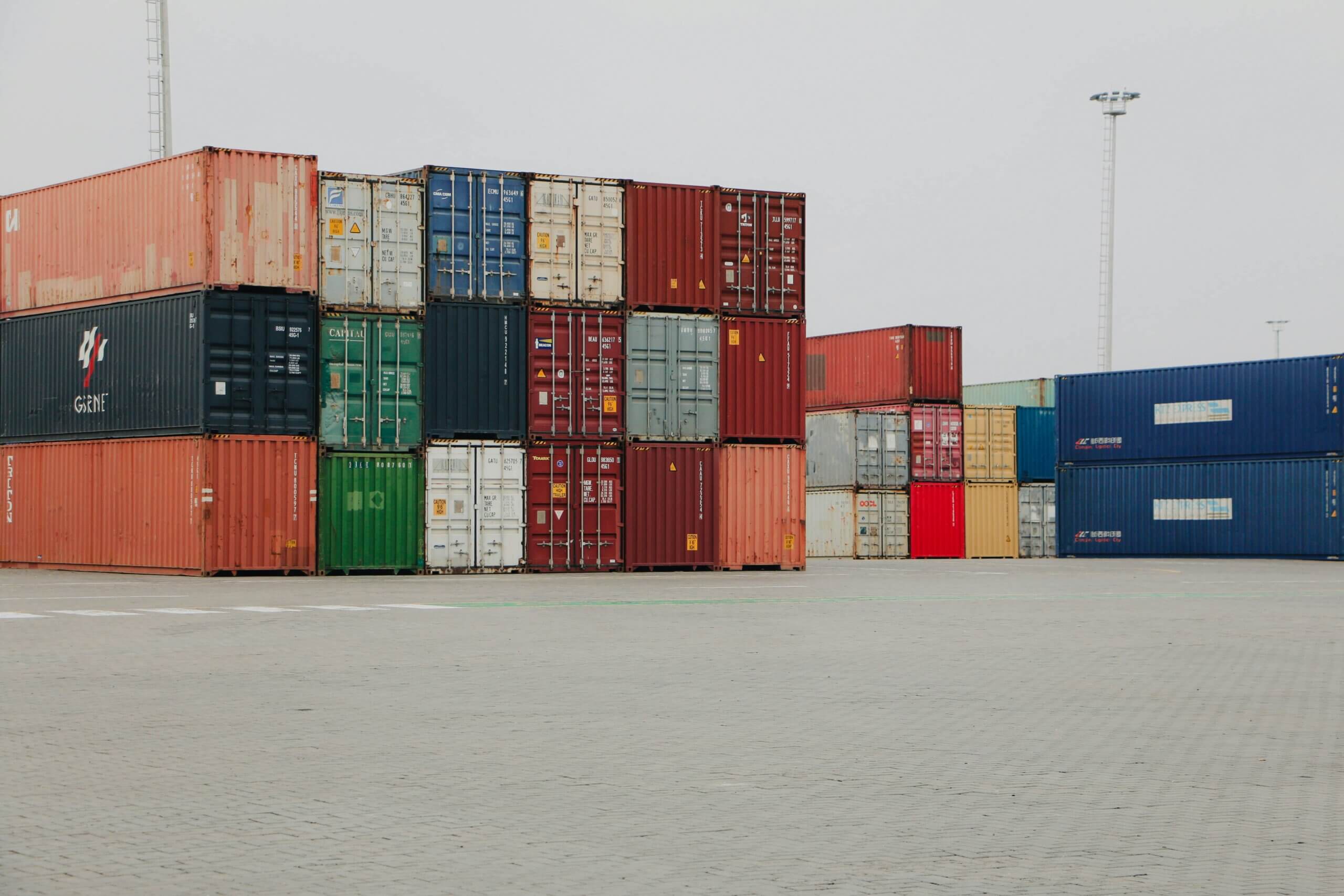The trucking and logistics industry’s ability to collect data has sharply evolved in a relatively short period of time. We are now able to collect massive amounts of data across the supply chain, which has greatly expanded the potential for deep analytics, but the rate at which data collection has accelerated has come with some notable growing pains. Particularly the way data is stored and shared—-or perhaps more accurately, gone unshared. This problem is known as a data silo, and it is crucial that we solve it in order to unlock the analytical potential of our data.
What Exactly is a Data Silo?
When data goes unshared or is inaccessible outside of a specific department or organization, that data is considered siloed. When data is collected from a variety of sources, often times it is incomplete or inconsistent and there is no real record of truth. Viewing data through a siloed approach can lead to poor decision making, resulting in lost opportunities, lost revenue, or costly fees that affect the bottom line. Utilizing data in different formats requires extensive coding or normalization, and many organizations simply do not have the means to normalize their raw data. In logistics, this issue is most commonly caused by legacy technology like EDI, FTP, and manually recording data to spreadsheets. When this raw, non-standard data is determined to be unusable for effective analytics, it is siloed.
How Can We Address Siloed Data?
One of the most prudent things we can do as an industry is prevent future data from being siloed in the first place, and ensuring data is coming from the best possible sources is a step in the right direction. Legacy technology is a major contributor to stale data because legacy systems do not transmit information in real-time. Connecting to a platform like project44 not only facilitates efficient data transfer, but thanks to its one-to-many configuration it can standardize the data it collects before pushing it to different sources. This alone doesn’t prevent data from being siloed, but it mitigates the inconsistencies that cause companies to silo information in the first place.
The other side of the problem is communication. Data silos often exist within a single organization, but that can be addressed simply through proactive cross-departmental communication. In trucking and logistics, visibility requires communication between supply chain partners. This sometimes means holding your partners to a higher data standard.
We create a higher standard of data so our partners don’t have to. We integrate partners with our existing network and then standardize that information into a normalized, consistent, and easily consumable set of APIs. Where a partners API is not existent or does not meet our rigid guidelines we work with that partner to create, we work with them until they do. Unlike legacy tracking companies, we don’t accept data web-scraping, EDI, or FTP. We take great care to ensure that the data moving through our network is high-quality, and we standardize it so can be utilized by your various systems of engagement to ensure consistency throughout the enterprise.
As the industry’s big data analytics capabilities continue to improve, eliminated data silos and ensuring a high quality of data is going to be crucial. The possibilities are vast, and once we start unlocking the full potential of our data we will see a massive increase in efficiency and profit margins.



